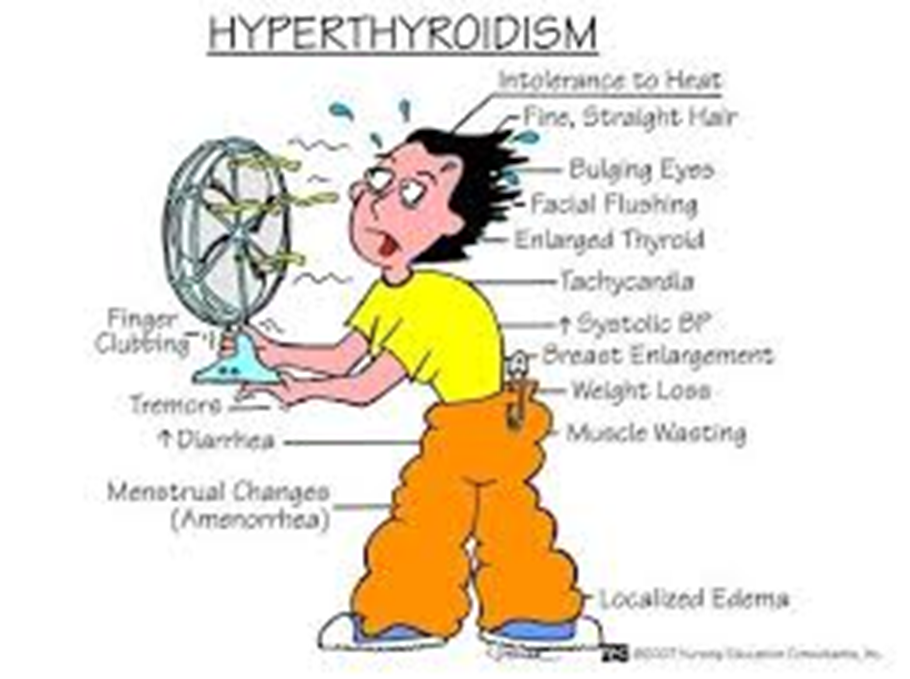A medical nurse is caring for a patient with type 1 diabetes. The patient's medication administration record includes the administration of regular insulin three times daily. Knowing that the patient's dinner tray will arrive at 1645, when should the nurse administer the patient's insulin to ensure the onset of the insulin coincides with the start of the meal?
1645
1615
1545
1600
The Correct Answer is B
A. Regular insulin typically begins to take effect 30 minutes after administration. Administering insulin at the time of the meal (1645) would not allow enough time for the insulin to reach its onset of action, potentially resulting in the blood glucose level being high during the meal.
B. Regular insulin has an onset of action of 30 minutes. By administering the insulin at 1615, it will start to take effect by 1645, when the meal arrives, and help ensure the insulin action aligns with the meal, preventing postprandial hyperglycemia.
C. Administering insulin at 1545 would be too early and could lead to the insulin peaking before the meal, which could result in hypoglycemia if the insulin peak occurs before the patient has food to absorb the glucose.
D. Administering insulin at 1600 would result in the insulin starting to work too soon, with the onset happening before the meal and possibly leading to hypoglycemia if the insulin peaks before the meal is consumed.
Nursing Test Bank
Naxlex Comprehensive Predictor Exams
Related Questions
Correct Answer is C
Explanation
A. Development of a buffalo hump and moon face:
This is associated with Cushing's syndrome, a disorder characterized by prolonged exposure to high levels of cortisol.
B. Central obesity and purple striations:
Also indicative of Cushing's syndrome, where excess cortisol can lead to the accumulation of fat in the abdominal area (central obesity) and the development of purple stretch marks (striae).
C. Sudden weight loss without dieting:
This is more characteristic of hyperthyroidism, where the thyroid gland is overactive, leading to increased metabolism and unintended weight loss.
D. Positive Trousseau's sign when checking the client's blood pressure:
Trousseau's sign is associated with hypocalcemia and is seen in conditions affecting the parathyroid gland rather than the thyroid. It involves carpal spasm induced by inflating a blood pressure cuff above the systolic pressure for a few minutes.

Correct Answer is ["A","B","C"]
Explanation
A. Nervousness:
Explanation: Correct. Nervousness is a common symptom of hypoglycemia.
B. Tremors:
Explanation: Correct. Tremors or shakiness can occur with hypoglycemia.
C. Irritability:
Explanation: Correct. Irritability is one of the signs of hypoglycemia.
D. Anorexia:
Explanation: Anorexia or loss of appetite is a possible symptom of hypoglycemia but not as commonly observed as other symptoms.
E. Hot, dry skin:
Explanation: Hot, dry skin is not typically associated with hypoglycemia. Diaphoresis or sweating is more common.
F. Muscle cramps:
Explanation: Muscle cramps are not typical symptoms of hypoglycemia.
Whether you are a student looking to ace your exams or a practicing nurse seeking to enhance your expertise , our nursing education contents will empower you with the confidence and competence to make a difference in the lives of patients and become a respected leader in the healthcare field.
Visit Naxlex, invest in your future and unlock endless possibilities with our unparalleled nursing education contents today
Report Wrong Answer on the Current Question
Do you disagree with the answer? If yes, what is your expected answer? Explain.
Kindly be descriptive with the issue you are facing.
